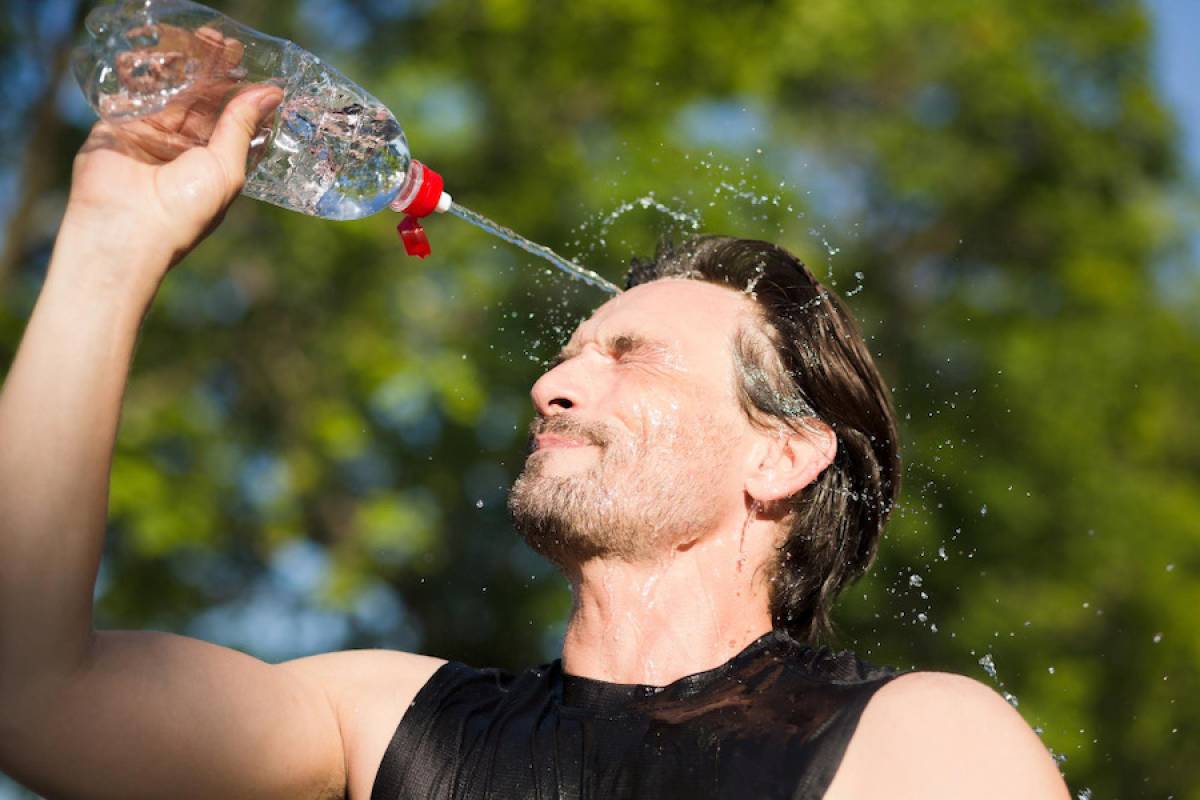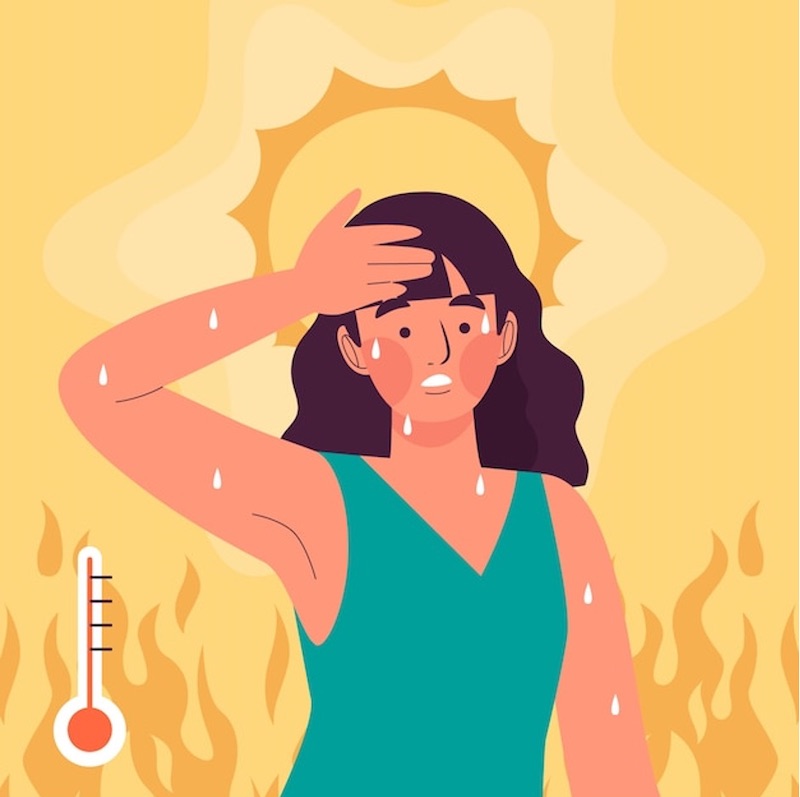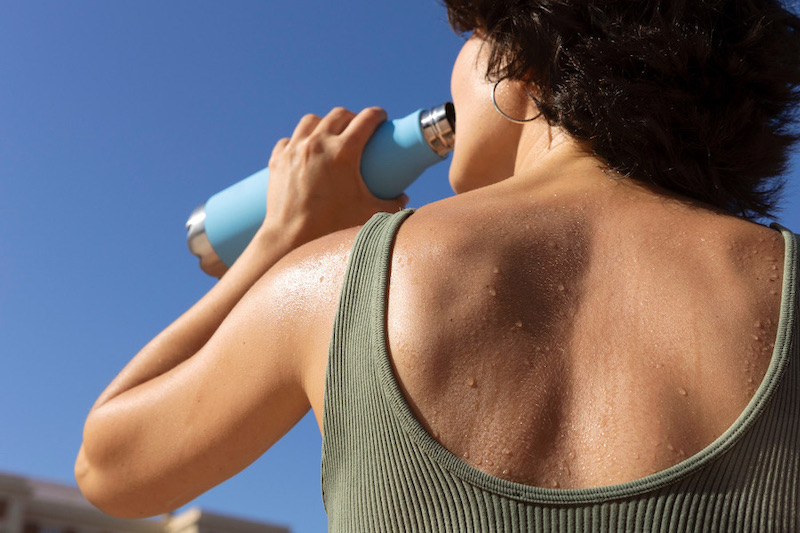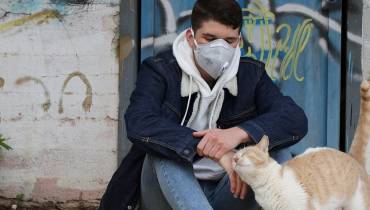UK Heatwave: How to Stay Safe During Your Workouts

The UK is set to see temperatures soar with possible highs of 30'C this week.
According to the Met Office, mercury is likely to hit highs of 33C (91.4F) in London this Saturday - making it the hottest day of the year.
While it feels warm and more like summer in much of the UK, the heat will likely take its toll on the elderly and those with heart problems or pre-existing respiratory. Moreover, those who love to workout may underestimate the dangers of exercising in the sun.
To help those wishing to continue their workout routines stay safe, Live Football Tickets collaborated with nutritionists, Caroline Hind and Vanessa Peat to share tips on how you can reduce your health risks when working out in the heat.
Top Tips to Reduce Health Risks When Working Out in the Heat

Here are eight tips to reduce your health risks when working out in the heat.
1. Check a Heat Adjusted Pace Calculator
It is estimated that your running pace will slow down by 6 to 10 seconds per km for every five degrees increase in temperature roughly. Your heart needs to work harder when you are working out in the heat, and so you should expect a slower running pace than if you were exercising in normal temperatures.
To avoid overdoing it in the heat wave, you could check a heat adjusted pace calculator by putting in the temperature, humidity, and your planned running distance or time. Though the heat may affect people differently, running slower ensures your body to function healthily under the warm sun.
2. Exercise safely with your furry friends
Exercising may help de-stress your dog, but don't risk overdoing it when the temperatures are soaring. Instead, you could take your dogs to a park with plenty of shade from trees or other outdoor areas without too much direct sunlight.
Help them stay hydrated by carrying a portable water container and wet their paws to keep them cool. It's also important to remember to test the temperature of the ground with your hand before you take them out walking on it. Surfaces such as tarmac can heat up dramatically in the hot weather and could cause harm to your dogs’ sensitive paws.
Remember, dogs can get heat exhaustion too so it's important to watch for any signs they show whether at home or out and about, and take steps to make sure they stay cool during any exercise.
3. Pack water resistant sun creams and cooling mists
Many people tend to forget about the importance of applying external methods to stay cool and healthy during workout. However, external skin care products could be very effective at protecting your body during a heatwave.
Try a cooling face spray to help bring down your body temperature during a workout. Products such as an ice towel or cooling pads can also help your body keep from overheating and prevent heat exhaustion or heat stroke.
Exposing yourself to the sun during workouts can also impose dangers to your skin, including developing sunburn and skin cancer. Therefore, it is vital to take care of your skin health by applying a sun cream with a SPF 30 or more. If you are going out for a swim in the heat, water resistant sun creams may be a better choice for you.
4. Switch your workout intensity
While it could be tempting to have an outdoor run in the sun, it is important to know your body and pick the most suitable workout for your environment.
Caroline Hind, Registered Clinical Nutritionist at Nutrable, says:
"Keep your workouts easy – the heatwave won't last forever so ease off a little this week. Long but gentle walks in the shade and relaxing swims are great to keep you moving.
If you don't want to miss out on high intensity exercise, recognize that the heat takes an extra toll on your body, so keep each period shorter than your usual length.
In summary, go short and hard or long and gentle. It's long and hard workouts that becomes more dangerous in the heat."
5. Pick the time smartly
When choosing the time of your workout, think carefully, it is not recommended exercising outside when the temperature reaches 35 degrees.
With the color-coded heatwave system being launched recently in the UK, it's easier to check heat alerts and health warnings before going out to ensure you're informed before heading to your workout.
If you still feel the need to exercise in the sun when it's hot, either do it earlier in the morning before sunrise, or try later in the afternoon or after sunset. Avoid doing intense exercises between 10am to 4pm outside as it's usually when the sun is at its hottest."
6. Put on the right clothes
Looking to treat yourself to new workout clothes this summer, but don't know whether you need a tight or loose fitting?
It is recommended to wear the most comfortable clothes no matter if they are tank tops or tight gym clothes. Avoid clothes that might restrict your movement or trap your body at all.
Caroline Hind suggests:
"Linen and cotton are your friends – light, natural fibers allow air to blow across your skin and sweat to evaporate easily. When there is a heat wave, you may find light-colored and loose-fitting clothes more comfortable as they allow more air flow around your body."
7. Pre-training hydration

Hydration is really vital to our body no matter what time of the year, but it's even more important during summer weather.
On the topic of staying safe in the hot weather, Vanessa Peat, Registered Associate Nutritionist says:
"During this warm weather, it is important to drink fluids or water during your day, even if you are not being physically active. A simple step is to keep a pint of water beside your bed and drink it upon waking up.
If you find it difficult to remember to drink fluids during the day, you may find it useful to set an alarm as a helpful reminder throughout your day.
When spending time in this lovely warm weather, it would be wise to monitor the color of your urine, as this is a great way to analyze how hydrated you are.
The paler your urine is, the more hydrated you are. In contrast, if your urine is darker in color, this is an indicator that you may need to drink more water. Always aim for a urine which is pale in color."
Caroline Hind adds that you shouldn't forget your electrolytes:
"Heat naturally makes us more thirsty so it's easy to remember to drink, but the body needs electrolytes too. Take care to choose a good electrolyte supplement to add to your water, or make your own electrolyte drink with coconut water, salt, lemon juice and a natural sugar such as molasses."
8. Stop when needed
If you notice signs of heat exhaustion such as dizziness, nausea and weakness, pause your workout immediately. You should then head to a shaded area or preferably go to an air-conditioned space indoors. If you can, drink a sports drink and wash your face with cold water.
If you or anyone else is struggling to breath, experiencing unconsciousness or still unwell after 30 minutes of resting in a cool place, being cooled and drinking fluids, please seek medical help by contacting 111 or 999. You can find more details from the government website at NHS.uk.



















